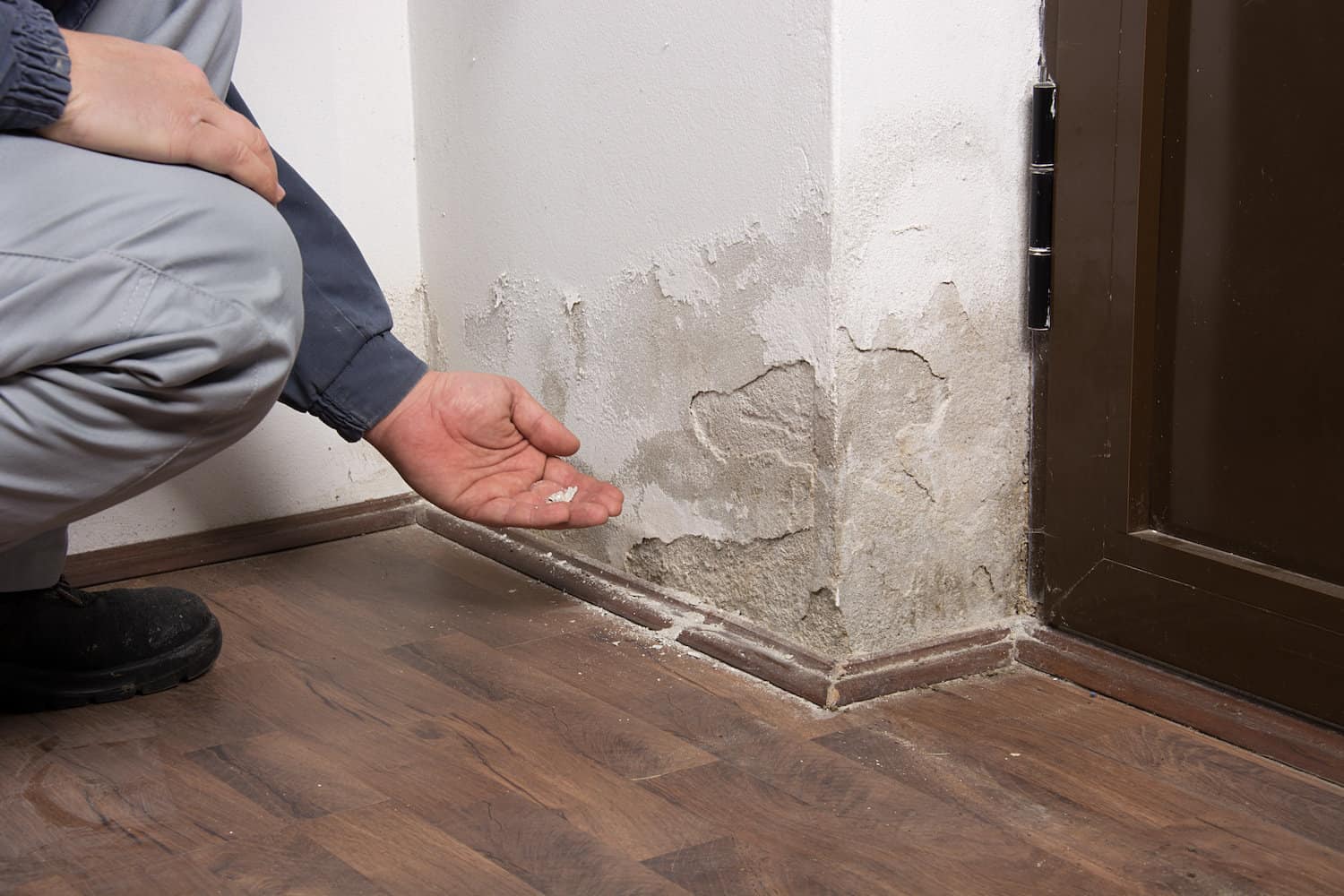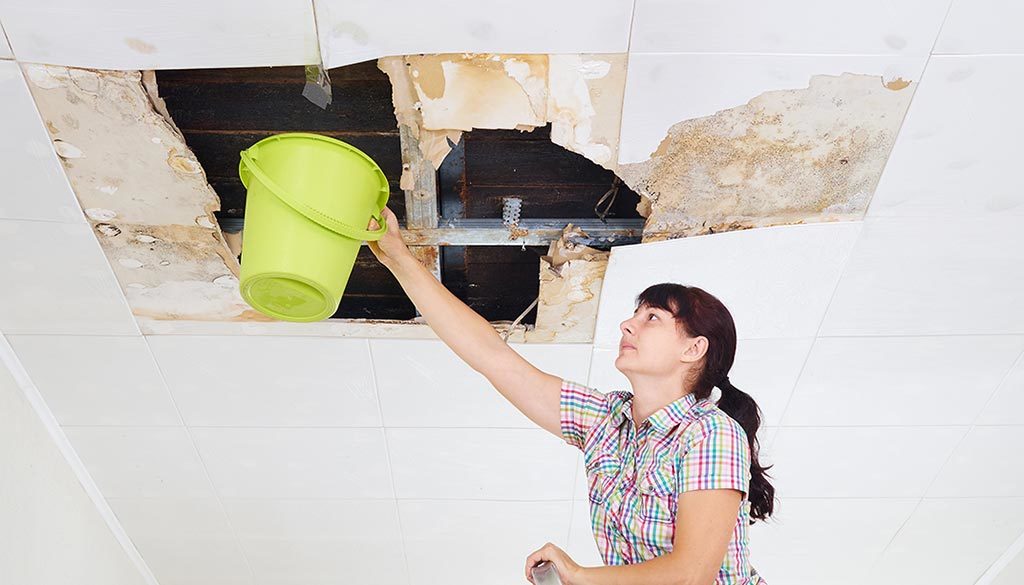The Refine of Water Damages Clean-up: Guaranteeing Your Home Is Recovered Successfully
Water damages can be an overwhelming obstacle for house owners, requiring a organized and thorough clean-up procedure to bring back safety and functionality. Initially, a comprehensive analysis is important to determine the level of the damages and figure out the appropriate removal steps. Following this, reliable water removal strategies play a critical duty in alleviating further damage. The nuances of drying, disinfecting, and eventual remediation are equally crucial and typically forgotten. Recognizing these stages can make a substantial difference in the result of your home's reconstruction, triggering a closer consider what each action involves.
Evaluating the Damages
Upon uncovering water damages, the initial step is to thoroughly evaluate the extent of the effect. This preliminary evaluation is critical, as it aids establish the necessary actions for reliable cleanup and restoration. Begin by inspecting the affected areas, including walls, ceilings, floorings, and individual items, to recognize the source of the water invasion, whether from flooding, leaks, or condensation.
Documenting the damage is important for both insurance coverage claims and planning reconstruction initiatives - damage restoration services. Usage photographs and created notes to record the intensity of the damage, noting any kind of afflicted structural elements and products. Pay special attention to areas that may not be instantly visible, such as behind walls and under carpets, as concealed moisture can lead to further complications, including mold and mildew growth
Furthermore, assess the timeline of the water direct exposure. The longer the products stay wet, the better the capacity for damages. Recognizing the duration of direct exposure will inform the seriousness of remediation initiatives. Ultimately, a comprehensive evaluation lays the groundwork for an effective water damage cleanup procedure, making certain that all affected areas are addressed properly and thoroughly.
Water Removal Strategies

Experts normally use completely submersible pumps for larger volumes of water, which can quickly alleviate flooding in basements or various other influenced areas. For smaller quantities, wet/dry vacuums are usually used to remove recurring dampness from carpetings and tough surfaces. Furthermore, making use of mobile extractors enables targeted elimination in restricted spaces or locations with fragile products.
In instances of polluted water, such as sewer or floodwater, progressed removal methods might involve the use of biohazard equipment to ensure safety and compliance with wellness laws. High-powered removal devices are critical in decreasing water retention in structural products, which can cause mold growth and structural damage otherwise attended to without delay.
Eventually, the effectiveness of water extraction techniques plays a pivotal role in the general success of the water damages clean-up process, preparing for succeeding reconstruction initiatives.
Drying and Dehumidification
As soon as standing water has actually been properly drawn out, the following important phase in the water damage cleaning procedure is drying out and dehumidification. This step is vital to prevent more damage and mold and mildew growth, which can take place within 24 to 48 hours in moist settings.
To accomplish effective drying out, specific devices such as industrial-grade air movers and dehumidifiers is utilized. Air movers flow air iphone water damage repair service across damp surfaces, boosting evaporation prices, while dehumidifiers minimize moisture levels airborne, promoting a conducive setting for drying out. The combination of these devices makes sure that moisture is attracted out from furnishings, floors, and wall surfaces, allowing them to dry extensively.
It is very important to monitor the drying procedure closely. Professionals commonly make use of dampness meters to assess the dampness content in numerous materials, making certain that all affected areas reach appropriate dry skin levels. This precise strategy helps to avoid concealed dampness pockets that can result in structural damages or unhealthy mold growth.

Cleansing and Disinfecting
After the drying and dehumidification phase is complete, the next important action in water damage clean-up is cleaning up and sterilizing the impacted locations. This procedure is essential to avoid the development of mold, germs, and various other virus that grow in wet settings.
The cleansing stage generally includes removing any debris, dust, and pollutants from surfaces using specialized cleaning representatives. For hard surface areas, a mix of soap and water or commercial cleansing products is usually used. Soft materials, such as furniture and rugs, might need much more comprehensive cleaning approaches, including steam cleaning or deep removal methods, to guarantee extensive hygiene.

Sterilizing follows cleansing, making use of EPA-approved anti-bacterials to get rid of dangerous bacteria. This action is necessary, especially in locations that might have come into call with floodwaters or sewer, as these sources can pose significant health and wellness risks.
Additionally, it is essential to deal with any kind of remaining odors, which might need the use of smell neutralizers or sophisticated techniques like ozone therapy. Appropriate cleansing and sanitizing not just recover the safety and security and hygiene of your home yet also lay the groundwork for successful repair and repair work in subsequent stages of the water damage cleaning process.
Repair and Repairs

As soon as the analysis is complete, restoration efforts can start. This usually entails fixing or changing broken products, guaranteeing that all work abides by regional building ordinance and requirements. As an example, if drywall has been endangered, it will require More Help to be removed and changed with brand-new material. Furthermore, flooring might call for comparable interest, depending upon the level of water exposure.
It is crucial to involve seasoned reconstruction experts throughout this procedure, as they have the experience to manage complex fixings properly. They can aid minimize possible future concerns, such as mold growth or structural instability, therefore making certain a habitable and secure living environment. Inevitably, effective remediation and repair work bring back the home's integrity and improve its total value.
Verdict
Finally, the process of water damage cleaning is crucial for bring back a home to its pre-damage problem. Each phase, from evaluating the damage to applying effective water extraction techniques, followed by detailed drying, sterilizing, and necessary repair services, plays a vital duty in making sure safety and security and conformity with building criteria. Reliable implementation of these actions not only minimizes prompt damage yet additionally boosts the long-term integrity and worth of the home.
Water damage can be a difficult difficulty for home owners, requiring a organized and careful cleaning process to bring back safety and security and performance. Eventually, a detailed analysis lays the foundation for a successful water damages cleanup process, making sure that all impacted areas are resolved efficiently and thoroughly.
Effective water extraction techniques are important in reducing damages and protecting against further difficulties adhering to a water intrusion occasion.In conclusion, the process of water damage cleanup is crucial for recovering a home to its pre-damage condition. Each phase, from evaluating the damages to applying reliable water extraction techniques, complied with by extensive drying, sterilizing, and required repairs, plays an important function in guaranteeing safety and security and compliance with structure standards.